- Submissions

Full Text
Research & Investigations in Sports Medicine
Effects of a Sticky Substance on Reducing Fatigue of the Wrist Flexor Pronator Musculature During Pitching
SA Cage1*, AP Jacobsen2, LE Trail3 and BJ Warner4
1The University of Texas at Tyler, USA
2The University of Texas Health Science Centre at Tyle, UT Health East Texas, USA
3The University of Texas at Tyler, UT Health East Texas, USA
4Grand Canyon University, USA
*Corresponding author:SA Cage, The University of Texas at Tyler, USA
Submission: January 20, 2025;Published: January 28, 2025
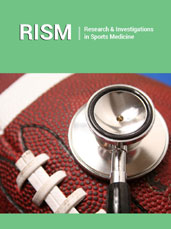
ISSN: 2577-1914 Volume11 Issue1
Abstract
Ulnar Collateral Ligament (UCL) sprains are among the most negatively impactful injuries that can be sustained by baseball pitcher. Several risk reductions measures have been attempted by baseball organizations in the United States, including pitch counts, age-based pitch type limitations and mandated rest days. However, these measures have not proven effective in reducing the rate of UCL injuries among baseball pitchers at any level where they have been implemented. Emerging research has suggested the Flexor Digitorum Superficialis (FDS) plays a significant role in resisting valgus force at the medial elbow. This would suggest that building muscular endurance in the FDS and finding ways to slow onset of fatigue in the muscle may be a means of reducing the risk of elbow injuries during pitching. Therefore, the purpose of this study was to assess the impact of a grip enhancing substance on forearm musculature fatigue after pitching. Nineteen collegiate baseball pitchers consented to participate in this study. Subjects were asked to go through their usual warm up routines prior to taking part in a bullpen. Subjects were then asked to measure their grip strength using a handheld dynamometer (EH101 Digital Hand Dynamometer, Camry, South El Monte, CA) prior to pitching. Subjects then threw their bullpen with or without sunscreen and rosin applied to the fingers used to grip the ball. After completing their bullpen, subjects measured their grip strength again. Independent samples t-tests were performed to assess differences in changes in grip strength after pitching with and without sunscreen and rosin. In this study, pitchers using sunscreen and rosin experienced significantly lower losses of grip strength after bullpens compared to pitchers not using sunscreen and rosin (p=0.14). The findings of this study suggest that sticky substances for enhancing grip while pitching may result in slower fatigue of the medial forearm musculature during pitching. While this study was conducted on a small scale at a single institution, this data warrants further study to examine the use of sticky substances during pitching as a method of injury risk reduction.
Introduction
In baseball, pitching results in large forces being distributed across the humeroulnar joints as a result of the biomechanics of overhead throwing [1]. When pitching a baseball with maximum I, force effort, the forces the humeroulnar joint undergoes can exceed 150% of the pitcher’s body weight [2]. Pitching is by nature a high velocity and strenuous motion, resulting in shoulder, elbow and forearm muscle activation that often exceeds the body’s ability to initiate maximal voluntary isometric contractions at the competitive and elite levels [3]. Due the high volume of throwing the baseball pitchers partake in, these forces have led to medial elbow injuries becoming a concern for baseball pitchers. Previous studies have supported the current concerns regarding elbow injuries among baseball pitchers [4]. In college baseball, elbow injuries account for 15.5% of all musculoskeletal injuries [5]. At the professional level the impact of elbow injuries appears to be even more pronounced, with elbow injuries leading to 27.8% of all days spent on the injured list during the 1990 to 2001 seasons [6]. While this information is over twenty years old, it comes from one of the only studies on this metric in the current literature. Other early studies have suggested that professional pitchers are disproportionately impacted by upper extremity injuries when compared to position players at the same level [7]. There has also been an increase in sports broadcasting companies reporting on the increased prevalence of arm injuries among baseball pitchers [8-10].
Ulnar Collateral Ligament (UCL) sprains in baseball often receive more attention in research and the media than other upper extremity injuries and are considered one of the most detrimental injuries that can be sustained at the elbow [6-10]. The UCL serves to resist valgus forces at the humeroulnar joint and is the primary ligamentous support at the joint [11]. Pitching, like other sport related activities, can lead to cumulative stresses to structural integrity of musculoskeletal structures, or singular traumatic events [11]. Both these insidious and acute mechanisms can result in injuries to the UCL [11]. When damage to the UCL occurs, patients generally experience a significant loss of time from participation in sport and other physical activities involving the injured arm [11]. If conservative management is indicated for a UCL sprain, patients will usually average of three to four months of rest, treatment, and rehabilitation before gradually returning to sport [11]. If surgical reconstruction is indicated for a UCL sprain, often referred to as Tommy John surgery, the timeframe for returning to sport becomes significantly longer, with patients missing an average of 12 to 15 months [11]. Even with optimal surgical and rehabilitative outcomes, patients often require an additional three to six months before being able to compete at their previous level of competition [11]. In addition to time lost from sport, patients, coaches and clinicians also have other concerns following surgical reconstruction of the UCL. At the collegiate and professional levels, pitchers requiring UCL reconstruction often deal with immediate and future financial losses as a result of time lost [12]. At the professional level, the economic impact of UCL reconstruction is experienced felt by the organizations as well as players. Per current MLB contract policies, if a player is injured and unable to take part in team activities like practices or competitions, they are still owed their entire salary. A previous study showed that over 10 seasons, the expenses of rehabilitating an MLB pitcher who had undergone UCL reconstruction averaged out to $1.9 million based off 2017 United State currency exchange rates [13].
In MLB and Minor League Baseball, 97% of pitchers who undergo UCL reconstruction have been reported to return to participation [14-17]. This return to play rate decreases to 75%- 87% when looking at MLB pitchers alone [14-17]. With MLB contracts being fully guaranteed, MLB organizations are at risk of significant financial losses if a contracted pitcher misses substantial playing time due to UCL reconstruction [18]. The negative impact of UCL injuries in baseball pitchers has led to several efforts to reduce the risk of these injuries occurring. Several risk reductions measures have been attempted by baseball organizations in the United States, including pitch counts, age-based pitch type limitations, and mandated rest days [19-27]. To date, these measures have not proven effective in reducing the rate of UCL injuries among baseball pitchers at any level where they have been implemented [19-27]. A lack of standardized and universal implementation may contribute to the current risk reduction efforts no being effective, but there may be other measures worth considering. Emerging research has suggested the Flexor Digitorum Superficialis (FDS) plays a significant role in resisting valgus force at the medial elbow [28,29]. Specifically, increased activation of the portion of the FDS responsible for the second and third digits results in increased valgus stability at the medial elbow [28,29]. This finding was meaningful, as most pitches thrown in baseball involve the second and third finger being placed on the baseball. As such, as the FDS fatigues during pitching, the humeroulnar joint has to rely on other structures to provide valgus support [28,29]. This would suggest that building muscular endurance in the FDS and finding ways to slow onset of fatigue in the muscle may be a means of reducing the risk of elbow injuries during pitching. In June of 2021, the MLB, Minor League Baseball, and the NCAA began enforcing of rules prohibiting pitchers from using sticky substances to enhance their grip when pitching more stringently [8]. This shift in rule enforcement led to some pitchers reporting stating that they were having to exert more energy gripping the ball and were taking longer to recover after pitching [8]. As of the writing of this article, there do not appear to be any studies that have assessed the effects of sticky substances to improve grip when pitching on fatigue rates of the forearm musculature. This information may prove useful when considering new risk reduction strategies for baseball pitchers. Therefore, the purpose of this study was to assess the impact of a grip enhancing substance on forearm musculature fatigue after pitching.
Methods
Participants
Nineteen healthy male collegiate baseball pitchers from an NCAA Division II institution (Age=21±2 years, Height=72.6±2.9 inches, Weight=199.2±2.1lbs) consented to participate in this study. All subjects were informed of the study’s purpose, and consent was obtained.
Warmup and pitching
All subjects were asked to go through their usual warm up routines prior to taking part in a bullpen. Each subject had as much time and exercise as they needed to warmup properly. Warmups consisted of dynamic warmup exercises, resistance exercises for the shoulder, elbow, and forearm, hip mobility exercises and throwing on flat ground at progressively further distances and higher intensities. Subjects were then asked to measure their grip strength using a handheld dynamometer (EH101 Digital Hand Dynamometer, Camry, South El Monte, CA) prior to pitching. Three measurements were taken, to allow for a mean to be calculated for use in data analysis. Subjects then stated whether or not they wished to use sunscreen and rosin to enhance their grip during their bullpen. When a subject elected to do so, they applied sunscreen (Equate Sport Sunscreen, Walmart Inc., Bentonville, AR) and rosin (Marucci Pro Rosin Bag, Marucci Sports, Baton Rouge, LA) applied to the fingers they used to grip the baseball before throwing their bullpen. When a subject elected not to use sunscreen and rosin, they completed their bullpen as normal. After completing their bullpen, subjects measured their grip strength again with the same protocol.
Statistical analysis
Relevant data was transferred to and analysed using, a commercially available statistics software package (SPSS Version 28, IBM, Armonk, NY). A total of 49 bullpens were included in data analysis. Pitchers threw a total of 628 pitches without sunscreen and rosin (Fastball=324, Breaking Ball/Off Speed=304) and 411 pitches with sunscreen and rosin (Fastball=194, Breaking Ball/ Off Speed=217). Independent samples t-tests were performed to assess differences in changes in grip strength after pitching with and without sunscreen and rosin. Significance was set at p<0.05 a priori.
Result
Means, standard deviations, and differences in terms of percentage between conditions is presented in Table 1. Overall, pitchers using sunscreen and rosin experienced a 0.32±5.75lb. decrease in grip strength. Pitchers not using sunscreen and rosin experienced 5.30±7.21lb. decrease in grip strength. In this study, pitchers using sunscreen and rosin experienced significantly lower losses of grip strength after bullpens compared to pitchers not using sunscreen and rosin (p=0.14).
Table 1:Grip strength losses after bullpens with and without sunscreen and rosin.

Discussion
The purpose of this study was to assess the impact of a grip enhancing substance on forearm musculature fatigue after pitching. Recent years have seen researchers and sports media outlets raise concerns over the number of medial elbow injuries being sustained by baseball pitchers [8-10]. Some organizations have attempted to use risk reduction measures, but the incidence of medial elbow injuries in pitchers has not seen a positive impact [19-27]. The findings of this study suggest that sticky substances for enhancing grip while pitching may result in slower fatigue of the medial forearm musculature during pitching. Elbow injuries account for a large number of all musculoskeletal injuries experienced by baseball players, and account for a substantial percentage of days lost from participation [5,6]. In addition to time lost, UCL injuries carry notable financial implications as well. During the 2017MLB season UCL injuries resulted in costs an averaging $1.9 million in salary and medical expenses, further highlighting the financial impact of these injuries [13]. With consideration to Given the prevalence and impact of medial elbow injuries to pitchers, consideration should be given to using a sticky substance to enhance a pitcher’s grip while pitching. Different organizations and athletes have argued that using sticky substances to enhance grip while pitching provides a competitive advantage [8]. Some evidence suggests that sticky substances have the potential to increase spin rate and vertical and horizontal movement of pitches [28,29]. It is worth noting though, that since the MLB began enforcing of rules on sticky substances more stringently, there has been little change to offensive statistics across the league. When comparing annual statistics from the 2021 season through the 2024 season, league wide batting average has decrease by 0.1% [30]. Runs scored per game have decreased by 0.14 runs per game [30]. This may call into question the competitive advantage grip enhancing substances provide pitchers. In light of the findings of this study, and the lack of improvement for offensive statistics of over the past four MLB seasons, it may be worth reconsidering the use of sticky substances while pitching [31].
One possible limitation of this pilot study was that data was collected provides a small sample size of both pitchers and bullpens. Future studies should attempt to recruit a larger number of pitchers who throw more bullpens to attempt to gain a better understanding of the impact sticky substances have on fatigue of the medial forearm musculature during pitching. Examination and dissemination of this data would provide information about a potential risk reduction strategy for reducing medial elbow injuries in pitchers. Reducing the risk of medial elbow injuries could positively impact the financial health of both individual pitchers, and baseball organizations [32]. Another limitation of this study was that there was no standardized amount of sunscreen and rosin applied to the fingers of pitchers during data collection. Future studies should seek to standardize the amount of sunscreen and rosin needed to achieve reduced fatigue of the medial forearm musculature. A final limitation was that data collection took place in a bullpen practice setting, and not a competition setting. Considering the current regulations in most baseball organizations, conducting a study on sticky substances during competitions would be difficult. Due to current competitive baseball regulations regarding sticky substances, clinicians, coaches, and researchers must make recommendations based on the best evidence available.
Conclusion
To the investigators’ knowledge, this is the first study examining the effect of sticky substances on fatigue of the medial forearm musculature during baseball pitching. While this study was conducted on a small scale at a single institution, this data warrants further study to examine the use of sticky substances during pitching as a method of injury risk reduction. Future research should collect data from larger sample sizes, in terms of both pitchers and number of bullpens thrown. Larger scale studies are needed in order to draw more definitive conclusions on the role of sticky substances as a potential risk reduction measure in pitching. These findings could provide useful information that would help determine more effective means of reducing the risk of medial elbow injuries during pitching.
References
- Fleisig GS, Andrews JR, Dillman CJ, Escamilla RF (1995) Kinetics of baseball pitching with implications about injury mechanisms. Am J Sports Med 23(2): 233-239.
- Werner SL, Gill TJ, Murray TA, Cook TD, Hawkins RJ (2001) Relationships between throwing mechanics and shoulder distraction in professional baseball pitchers. Am J Sports Med 29(3): 354-358.
- DiGiovine NM, Jobe FW, Pink M, Perry J (1992) An electromyographic analysis of the upper extremity in pitching. J Shoulder Elbow Surg 1(1): 15-25.
- Wilk KE, Arrigo CA, Hooks TR, Andrews JR (2016) Rehabilitation of the overhead throwing athlete: There is more to it than just external rotation/internal rotation strengthening. Physical Medicine & Rehabilitation 8(3): S78-S90.
- Wasserman EB, Sauers EL, Register-Mihalik JK, Pierpoint LA, Currie DW, et al. (2019) The first decade of web-based sports injury surveillance: Descriptive epidemiology of injuries in US high school boys' baseball (2005-2006 through 2013-2014) and national collegiate athletic association men's baseball (2004-2005 through 2013-2014). J Athl Train 54(2): 198-211.
- Conte S, Requa RK, Garrick JG (2001) Disability days in major league baseball. Am J Sports Med 29(4): 431-436.
- Posner M, Cameron K, Wolf JM, Belmont PL, Owens BD (2011) Epidemiology of major league baseball injuries. Am J Sports Med 39(8): 1678-1680.
- Janes C (2021) Rays ace Tyler Glasnow says he tried to adjust for ‘sticky stuff’ rules. Now he’s injured. The Washington Post, USA.
- McCullough A (2024) MLB insiders “pretty worried” by rise in arm injuries to top young starting pitchers. The Athletic, New York, USA.
- Snyder M (2024) Pitching injuries seem never-ending, and experts see no easy answer to fix MLB’s biggest on-field problem. CBS Sports, USA.
- Carr JB, Camp CL, Dines JS (2020) Elbow ulnar collateral ligament injuries: Indications, management and outcomes. Arthroscopy 36(5): 1221-1222.
- Plummer HA, Plosser SM, Diaz PR, Lobb NJ, Michener LA (2022) Effectiveness of a shoulder exercise program in division I collegiate baseball players during the fall season. International Journal of Sports Physical Therapy 17(2): 247-258.
- Meldau JE, Srivastava K, Okoroha KR, Ahmad CS, Moutzouros V, et al. (2020) Cost analysis of tommy john surgery for major league baseball teams. Journal of Shoulder and Elbow Surgery 29(1): 121-125.
- Cain EL, Andrews JR, Dugas JR, Wilk KE, McMichael CS, et al. (2010) Outcome of ulnar collateral ligament reconstruction of the elbow in 1281 athletes: Results in 743 athletes with minimum 2-year follow-up. American Journal of Sports Medicine 38(12): 2426-2434.
- Conte SA, Fleisig GS, Dines JS, Wilk KE, Aune KT, et al. (2015) Prevalence of ulnar collateral ligament surgery in professional baseball players. American Journal of Sports Medicine 43(7): 1764-1769.
- Keller RA, Steffes MJ, Zhuo D, Bey MJ, Moutzouros V (2014) The effects of medial ulnar collateral ligament reconstruction on Major League pitching performance. Journal of Shoulder and Elbow Surgery 23(1): 1591-1598.
- Makhni EC, Lee RW, Morrow ZS, Gualtieri AP, Gorroochurn P, et al. (2014) Performance, return to competition and reinjury after Tommy John surgery in Major League Baseball pitchers: A review of 147 cases. American Journal of Sports Medicine 42(6): 1324-1332.
- NBC Sports Staff (2023) MLB free agency 2023-24: Start date, largest contracts, history, team payrolls and more. NBC Sports, USA.
- Camp CL, Sinatro A, Spiker A, Werner BC, Altchek DW, et al. (2017) Decreased shoulder external rotation and flexion are greater predictors of injury than internal rotation deficits: Analysis of 132 pitcher-seasons in professional baseball. Orthop J Sport Med 33(9): 1629-1636.
- Coughlin RP, Lee Y, Horner NS, Simunovic N, Cadet ER, et al. (2019) Increased pitch velocity and workload are common risk factors for ulnar collateral ligament injury in baseball players: A systematic review. J ISAKOS 4(1): 41-47.
- Erickson BJ, Chalmers PN, Axe MJ, Romeo AA (2017) Exceeding pitch count recommendations in little league baseball increases the chance of requiring Tommy John surgery as a professional baseball pitcher. Orthop J Sport Med 5(3): 2325967117695085.
- Fleisig GS, Andrews JR (2012) Prevention of elbow injuries in youth baseball pitchers. Curr Sports Med Rep 8(5): 250-254.
- Keller RA, De Giacomo AF, Neumann JA, Limpisvasti O, Tibone JE (2018) Glenohumeral internal rotation deficit and risk of upper extremity injury in overhead athletes: A meta-analysis and systematic review. Sports Health 10(2): 125-132.
- Olsen SJ, Fleisig GS, Dun S, Loftice J, Andrews JR (2006) Risk factors for shoulder and elbow injuries in adolescent baseball pitchers. Am J Sports Med 34(6): 905-912.
- Reiman MP, Walker MD, Peters S, Kilborn E, Thigpen CA, et al. (2019) Risk factors for ulnar collateral ligament injury in professional and amateur baseball players: A systematic review with meta-analysis. J Shoulder Elb Surg 28(1): 186-195.
- Whiteside D, Martini DN, Lepley AS, Zernicke RF, Goulet GC (2016) Predictors of ulnar collateral ligament reconstruction in major league baseball pitchers. Am J Sports Med 44(9): 2202-2209.
- Wilk KE, MacRina LC, Fleisig GS, Aune KT, Porterfield RA, et al. (2014) Deficits in glenohumeral passive range of motion increase risk of elbow injury in professional baseball pitchers: A prospective study. Am J Sports Med 42(9): 2075-2081.
- Hoshika S, Nimura A, Takahashi N, Sugaya H, Akita K (2020) Valgus stability is enhanced by flexor digitorum superficialis muscle contraction of the index and middle fingers. Journal of Orthopaedic Surgery and Research 15(1): 121.
- Matsuzawa K, Edama M, Ikezu M, Otsuki T, Maruyama S, (2021) Contributions of the third and fourth digits and the second and fifth digits of the flexor digitorum superficialis muscle to elbow valgus stability. The Orthopaedic Journal of Sports Medicine 9(9): 23259671211026247.
- Dale N (2022) The effects of “sticky stuff” on spin rate and break of a baseball pitch. In: Claremont McKenna, Pitzer and Scripps College (Eds.), Thesis.
- Goff JE (2021) Baseball spin doctors: Sticky substances can improve a pitcher’s grip and enable throws with greater spin, leaving batters at a disadvantage. American Scientist 109(5): 268.
- Baseball Reference (2024) Major League Batting Year-by-Year Averages.
© 2025 SA Cage. This is an open access article distributed under the terms of the Creative Commons Attribution License , which permits unrestricted use, distribution, and build upon your work non-commercially.
 a Creative Commons Attribution 4.0 International License. Based on a work at www.crimsonpublishers.com.
Best viewed in
a Creative Commons Attribution 4.0 International License. Based on a work at www.crimsonpublishers.com.
Best viewed in 







.jpg)
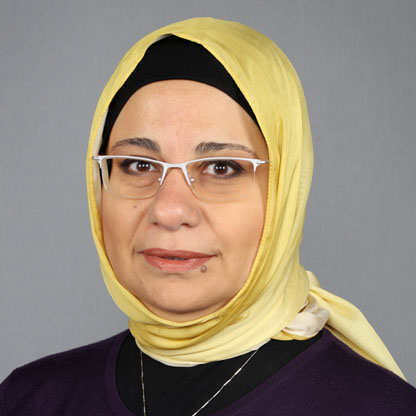

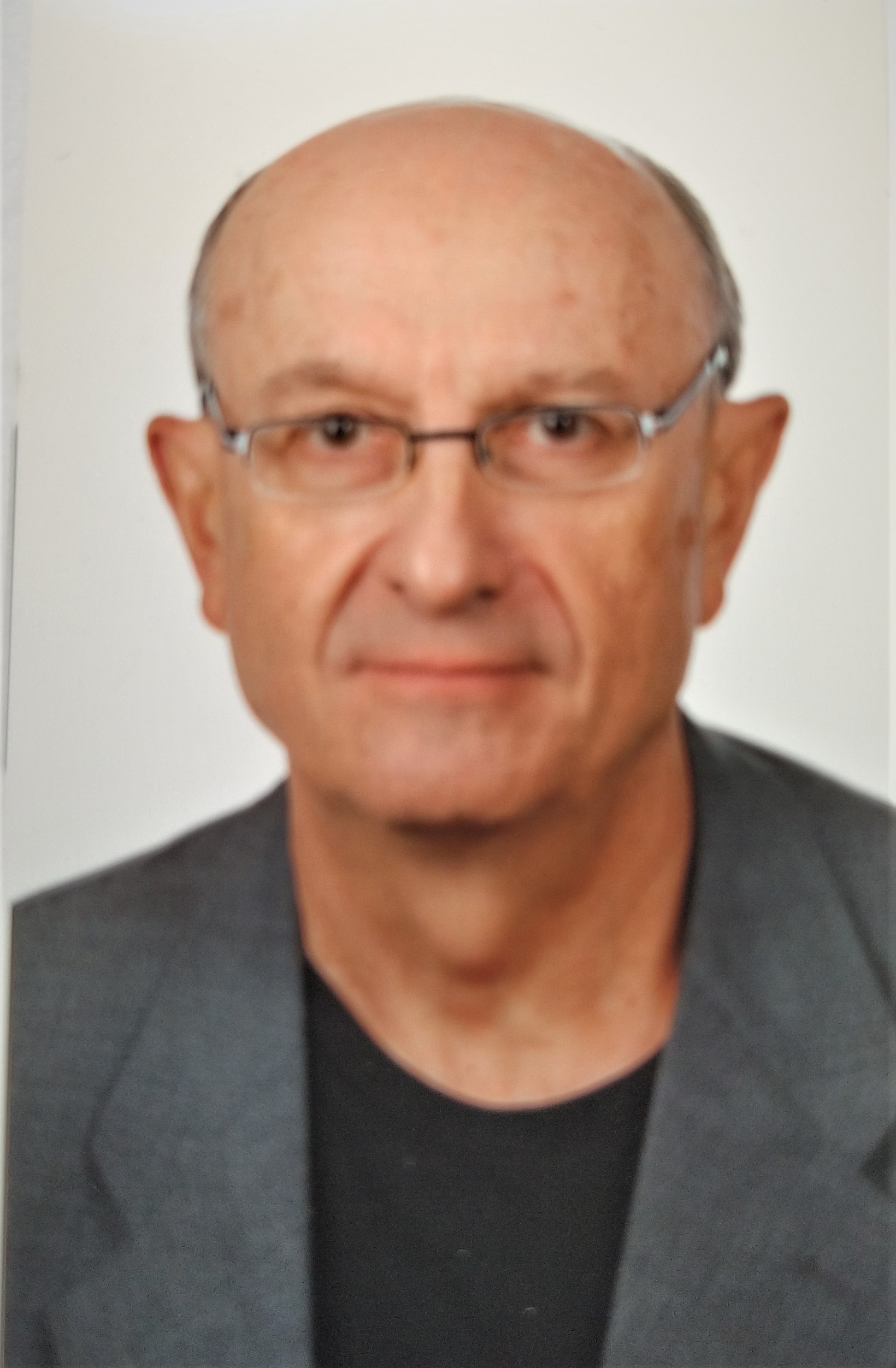
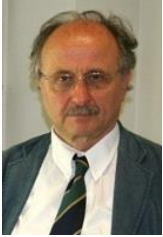


























 Editorial Board Registrations
Editorial Board Registrations Submit your Article
Submit your Article Refer a Friend
Refer a Friend Advertise With Us
Advertise With Us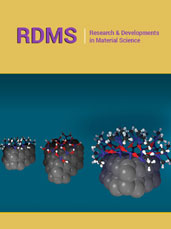
.jpg)
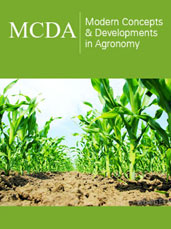
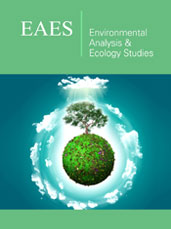



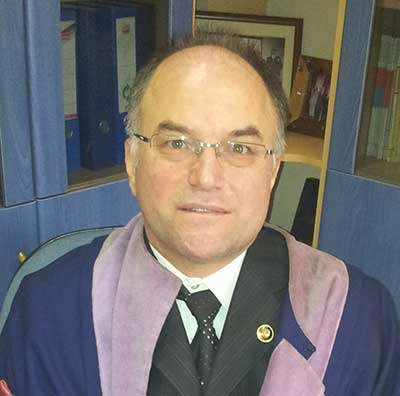
.jpg)








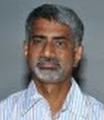





.bmp)
.jpg)
.png)
.jpg)
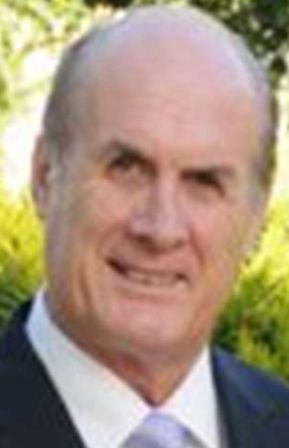






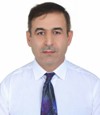


.jpg)

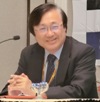




.png)

.png)



.png)






